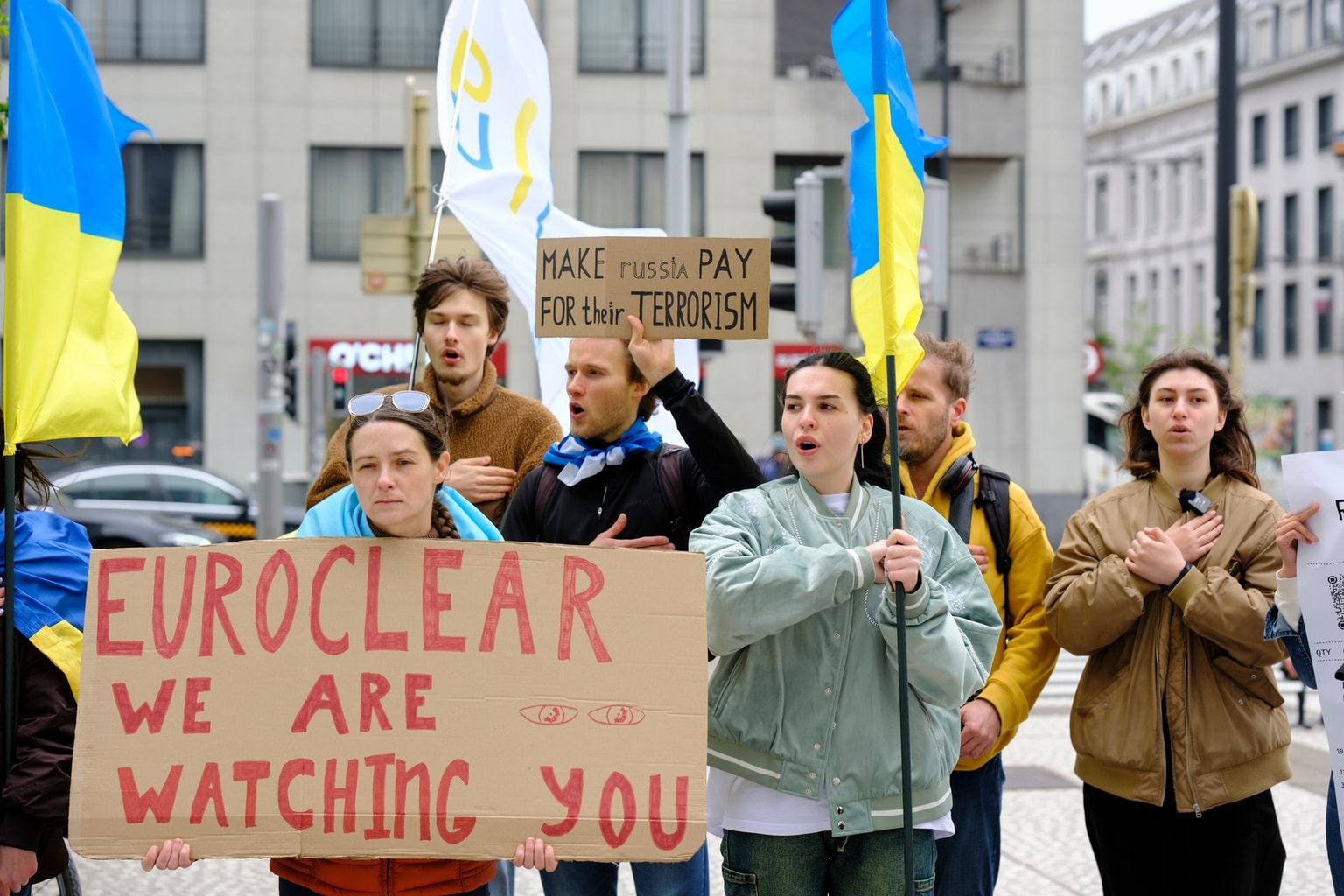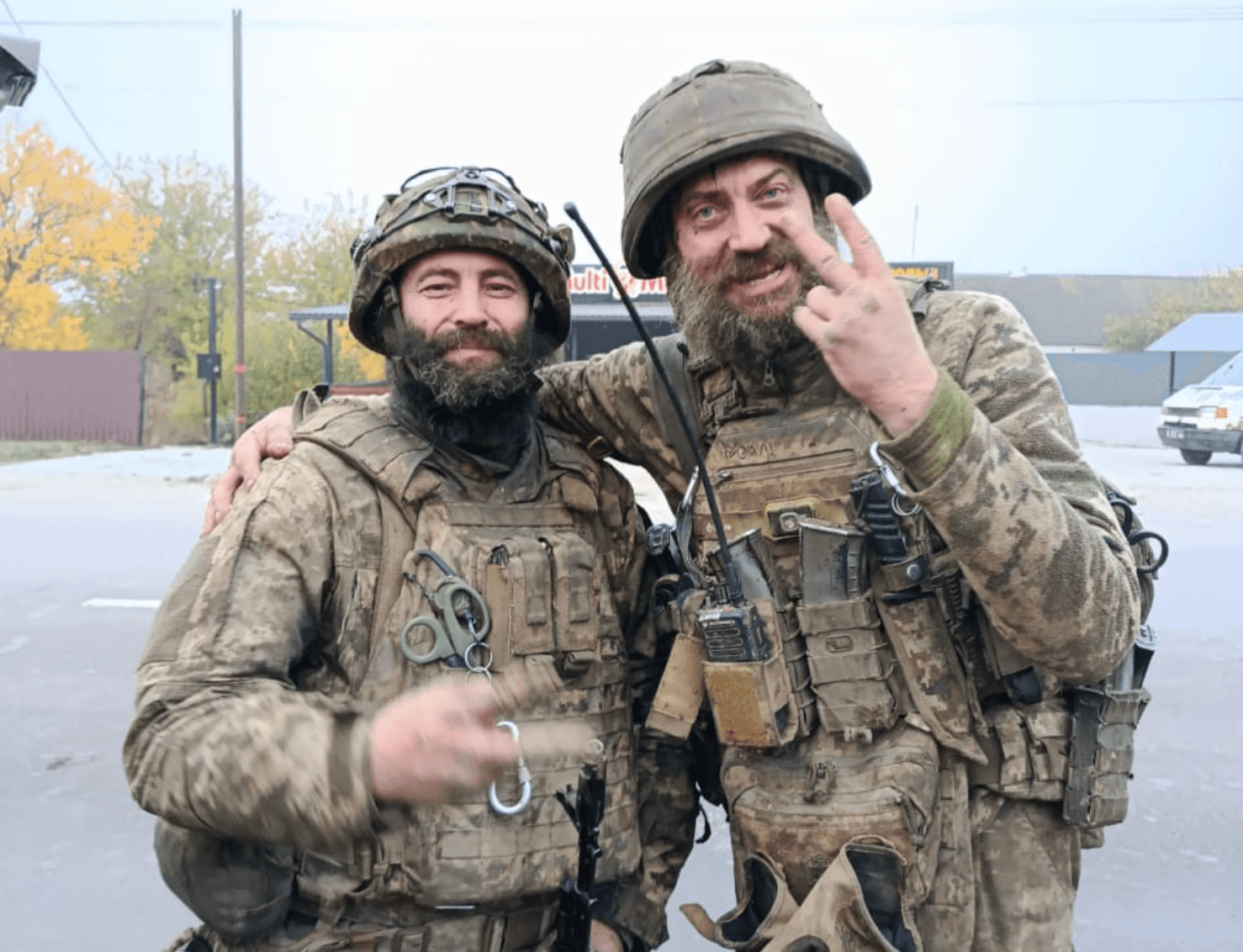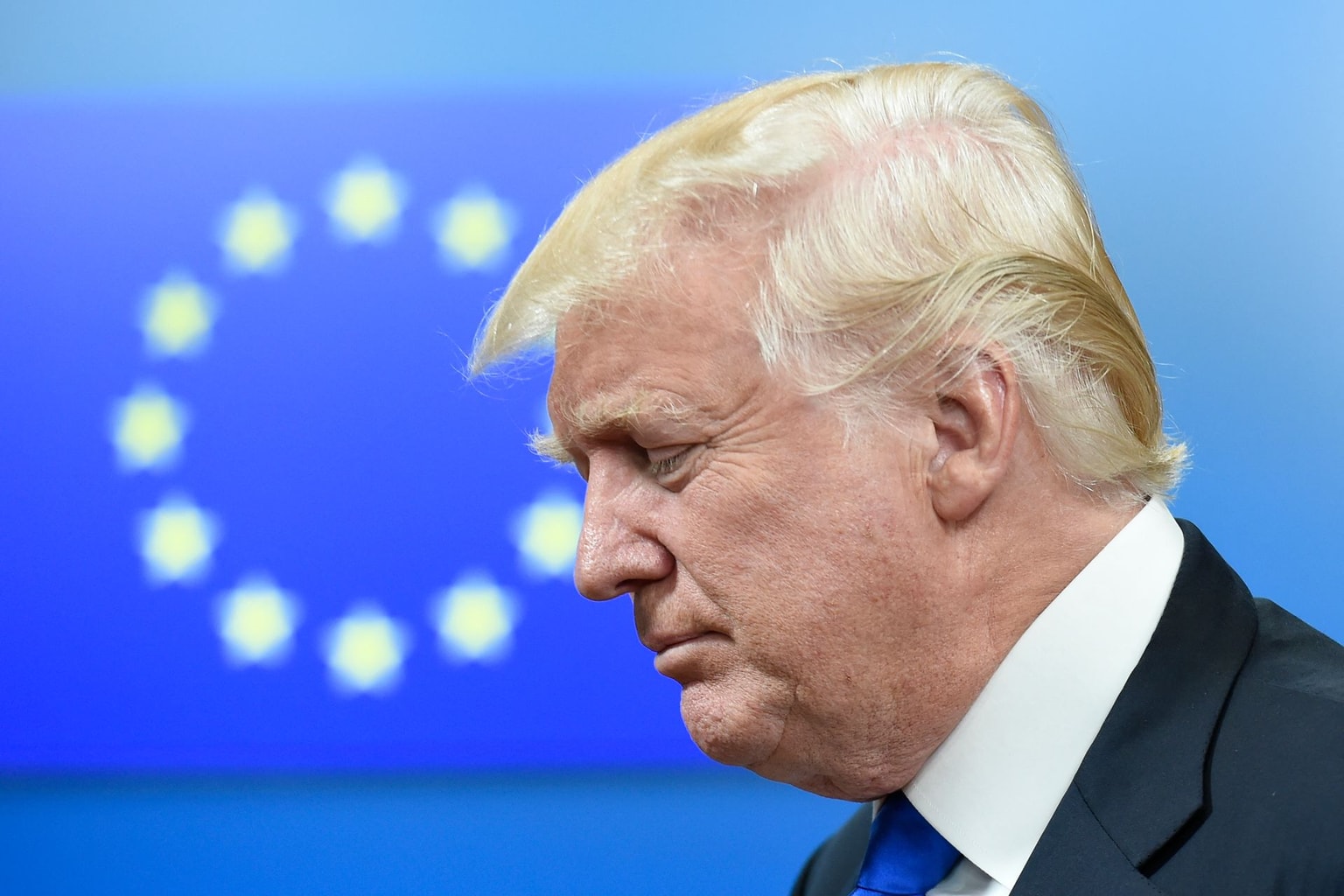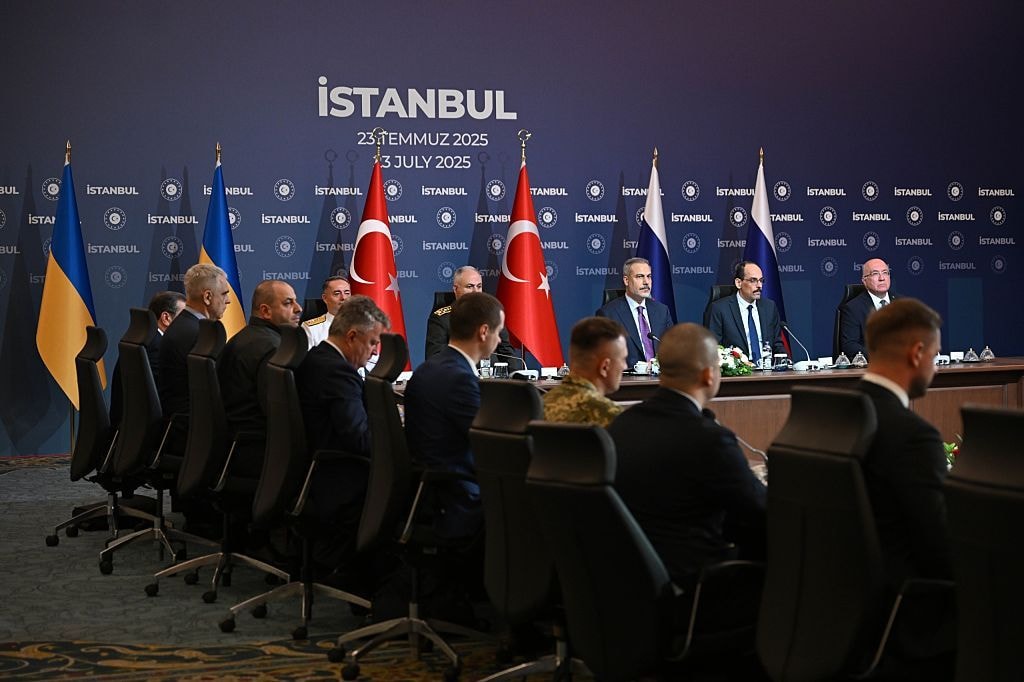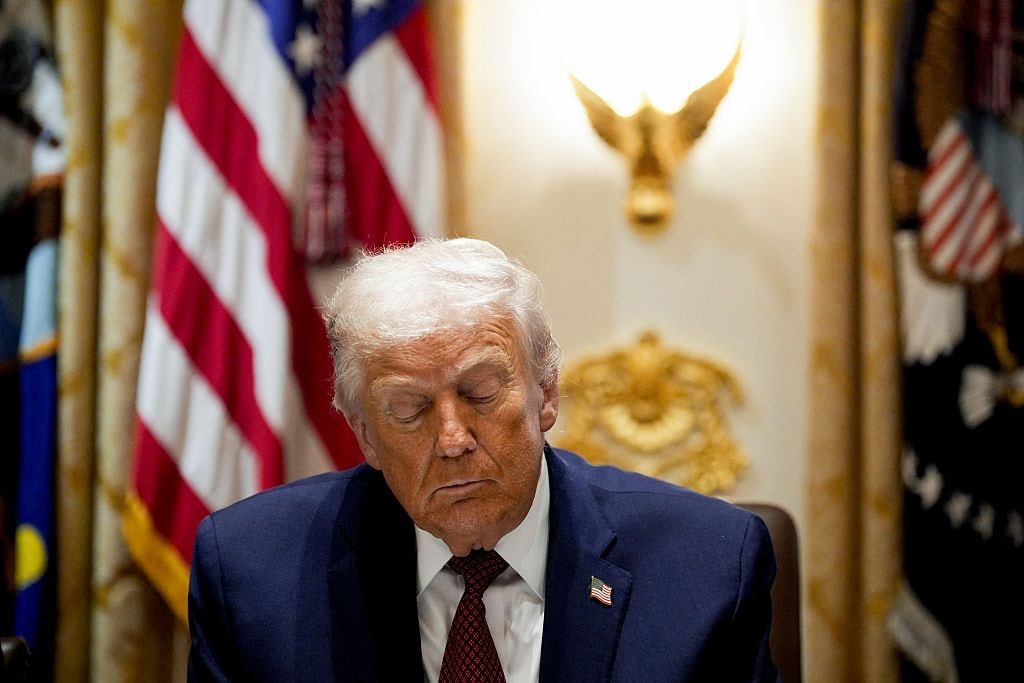Kellogg clarifies comments after seemingly suggesting Ukraine can be split like postwar Germany after peace deal

Editor's note: This article has been updated to reflect a statement from Kellogg clarifying his comments following an interview with the Times.
President Donald Trump's Special Envoy for Ukraine, Keith Kellogg, has clarified his comments in an interview with the Times on April 11, where he seemingly suggested that Ukraine could be partitioned into separate zones as part of a peace deal with Russia.
Kellogg proposed establishing a "reassurance force" led by the U.K. and France in western Ukraine and concentrating Ukrainian troops east of the Dnipro river, where a demilitarized zone would also be established near the current line of control. Territories currently under occupation would be controlled by Russian forces.
"You could almost make it look like what happened with Berlin after World War Two, when you had a Russian zone, a French zone, and a British zone, a U.S. zone," he said.
In a statement posted on X, Kellogg suggested his comments were misrepresented.
"I was speaking of a post-cease fire resiliency force in support of Ukraine’s sovereignty. In discussions of partitioning, I was referencing areas or zones of responsibility for an allied force (without US troops)," Kellogg said. "I was NOT referring to a partitioning of Ukraine."
The Times article misrepresents what I said. I was speaking of a post-cease fire resiliency force in support of Ukraine’s sovereignty. In discussions of partitioning, I was referencing areas or zones of responsibility for an allied force (without US troops). I was NOT referring… https://t.co/wFBcEVjxtO
— Keith Kellogg (@generalkellogg) April 11, 2025
While the Kremlin has repeatedly rejected the idea of European troops monitoring a ceasefire in Ukraine, Kellogg said that a U.K.- and French-led force in western Ukraine "would not be provocative at all" to Russia.
"You're west of the (Dnipro), which is a major obstacle," he said.
Kellogg also proposed creating an 18-mile demilitarized zone in eastern Ukraine along the current front line to act as a buffer between Russian and Western troops.
"You look at a map and you create, for lack of a better term, a demilitarized zone [DMZ]. Take both sides back up 15 kilometers each, that's 18 miles," he said.
"And you have a … DMZ that you can monitor, and you've got this … no-fire zone. You can monitor that pretty easily."
Russia may still not accept the proposal, Kellogg acknowledged. He also said he expected the ceasefire conditions to be violated.
"Now, are there going to be violations? Probably, because there always are. But your ability to monitor that is easy," he said.
The U.S. would not be committing any ground troops to the reassurance force in Ukraine, Kellogg said. He also warned France and the U.K. not to count on U.S. support for the "coalition of the willing," an alliance of European and Commonwealth countries who have pledged to provide security guarantees to Ukraine after a ceasefire.
"Always plan for the worst case," he said, adding that the coalition's reassurance force would still be able to send an effective message to Russian President Vladimir Putin.
Kellogg's comments mark the first time a senior U.S. official has proposed the Dnipro as a line of demarcation in postwar Ukraine. The proposal comes the same day that Trump's Special Envoy to the Middle East, Steve Witkoff, met with Putin in St. Petersburg to discuss a future peace settlement in Ukraine.
Witkoff and Kellogg are reportedly at odds in their approach to a peace deal in Ukraine, according to two unnamed U.S. officials and five other undisclosed sources who spoke to Reuters for a story published April 11.
Witkoff has reportedly told Trump that giving Russia "ownership" of four occupied Ukrainian regions would be the fastest way to achieve a ceasefire, while Kellogg has argued that Ukraine would never agree to unilaterally cede total ownership of the territories to Moscow.
President Volodymyr Zelensky has maintained that Kyiv will never recognize these territories as legally Russian.





